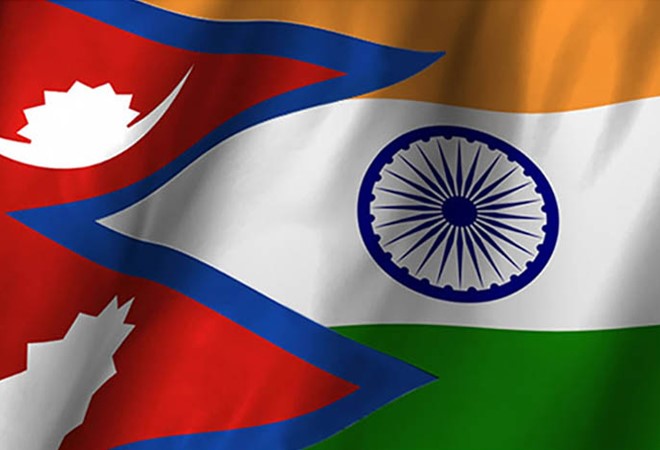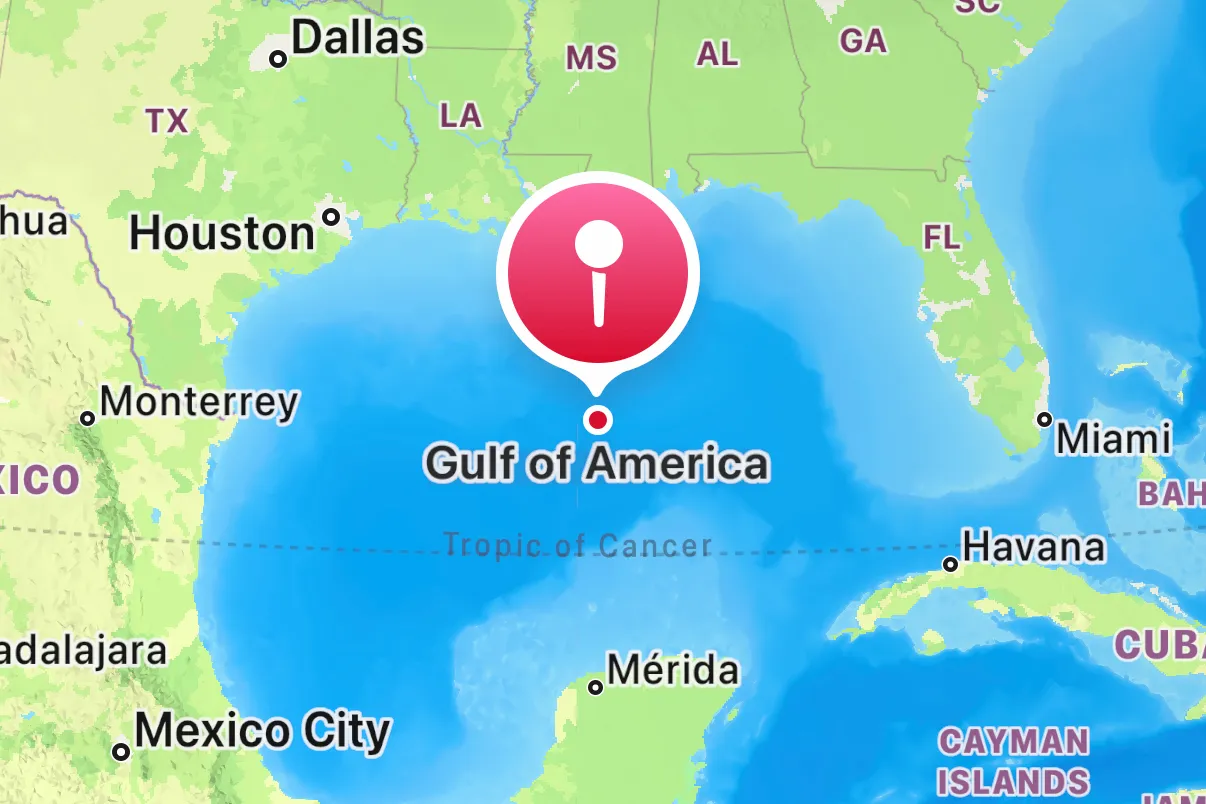- Courses
- GS Full Course 1 Year
- GS Full Course 2 Year
- GS Full Course 3 Year
- GS Full Course Till Selection
- Online Program
- GS Recorded Course
- NCERT (Recorded 500+ Hours)
- Polity Recorded Course
- Geography Recorded Course
- Economy Recorded Course
- AMAC Recorded Course
- Modern India, Post Independence & World History
- Environment Recoded Course
- Governance Recoded Course
- Science & Tech. Recoded Course
- International Relations and Internal Security Recorded Course
- Disaster Management Module Course
- Ethics Recoded Course
- Essay Recoded Course
- Current Affairs Recoded Course
- CSAT
- 5 LAYERED ARJUNA Mentorship
- Public Administration Optional
- ABOUT US
- OUR TOPPERS
- TEST SERIES
- FREE STUDY MATERIAL
- VIDEOS
- CONTACT US
INDIA NEPAL BILATERAL RELATIONS
INDIA NEPAL BILATERAL RELATIONS
01-03-2023

INDIA NEPAL BILATERAL RELATIONS
Background
- 1743-1775-- Prithvi Narayan Shah, a Gorkha leader unified Nepal. The legacy continued till 19th century. Present day Himachal Pradesh, Uttarakhand & Sikkim were annexed by Nepal.
- 1814-1816-- Anglo Nepalese war. Himachal Pradesh, Uttarakhand & Sikkim were ceded to British India. The Treaty of Sugauli was signed (It demarcated river Kali as the boundary between India and Nepal). Foreign Policy of Nepal was lost to a great extent.
- 1923- Treaty between Nepal and British India. Nepal's Foreign Policy became independent.
Post-independence phase
- 1950: India Nepal Treaty of Friendship: Free movement of people & goods between the two nations. (Residence, ownership of property, participation in trade and commerce). Another aspect was Open Border.
- 1951: Parliamentary democracy (monarchy) established. (King- Tribhuvan Bir Bikram Shah; multiple PMs from Nepali Congress)
- 1952: Nepalese Citizenship Bill passed. (The bill was inspired by the Treaty of Friendship, 1950). National Treatment to each other. (in industrial & economic development also) It meant that Indian citizens were empowered to the same privileges for property, trade & residence & movement in both countries. Indians were allowed citizenship of Nepal.
Relationship deteriorated
- As Nepalese saw increasing settlement of Indians in Nepal & increased interference in internal affairs of Nepal.
- 2008: PM Pushpa Kamal Dahal proposed to scrap the treaty.
- 2014: India and Nepal agreed to "review and adjust" the treaty. (Eminent Persons Group established to review the treaty)
- 1955: Nepal Sino diplomatic relations established & Tibet recognised as a part of China. (in the backdrop of rising discontent against India)
- 1960: Partyless Panchayats were established. Monarchy under King Mahendra was maintained. Parliament was scrapped.
- 1990: Jan Andolan 1. Protests against the Partyless Panchayat system led by NC & other sections of the society. Democracy was restored and a government was established under NC.
- 1994: Unified Marxist Leninist Party (UML) backed by China tried to generate anti India sentiments among the public. UML convinced the public that NC is a puppet of INC. UML succeeded in capturing power for 9 months but they were removed & NC assumed power again. The situation was not so great & took an ideological turn in the form of Maoism.
- 1996: Mahakali agreement with India signed. The treaty has 12 articles agreements for an integrated development of barrage, dams and hydropower for mutual cooperation of the two countries by managing the water resources. The treaty recognizes the Mahakali River as a natural boundary river between the two countries. The Maoist war starts in Nepal (1996)
Democratic phase
- 2006: India strikes a peace deal between the Maoist party of Nepal and other national political parties. A 12 point agreement was signed which also included a roadmap for the future political development. (A new constitution had to be formed by 2010)
- 2008: Monarchy ended in Nepal.
- 2012: Constitutional Deadlock happened in Nepal over basic features of the Constitution. (Maoists preferred Presidential form of government, whereas other parties preferred Parliamentary form of government; Issues wrt federalism also arose.)
- 2015: A massive earthquake strikes Nepal. At least 9000 people died. India helped Nepal with aid (1 bn USD)and reconstruction services. (Operation Maitri)
- A new Constitution was adopted. A Secular, Federal, Parliamentary & Republic Nepal was formed.
The Madhesia Controversy:
- Madhesia community of Nepal lives in the southern part of Nepal (The Terai region). There was contention between the Madhesia community and the Nepal government wrt the new Constitution adopted. Madhesias also share economic and marital ties with Indians.
- The GoI was said to be involved in an economic blockade of essential supplies to Nepal (landlocked) during the Madhesia crisis.
- India and Nepal seemed to have worked out their differences with passage of a constitutional amendment by Nepal, but Madhesi leaders remained defiant, along with other movements of separatists/autonomists. (Only Madhesias were backed by India)
- 2017: Communist Party of Nepal came into power. KP Sharma Oli became PM.
- 2020: Protests going on by some factions to establish Nepal as a Constitutional monarchy (again) and a Hindu nation. Discontent is arising from inefficiency and corruption of the present government.
- 2021: The KP Sharma Oli government was dissolved in May 2021. Sher Bahadur Deuba of Nepali Congress became the PM on 13 July 2021. (As ordered by SC of Nepal.
Significance of Nepal:
Geo Political and Geo strategic Significance:
-
Nepal is a buffer state between India and China.
- Nepal now-a-days is a safe haven for Islamic terrorists as it grants safe passage from the Nepal border to India.
Economic Significance:
- Citizens of both countries are allowed to do business & reside in each other's territories. Trade between both countries is more than 7 bn USD.
- Indian firms engage in manufacturing & services (investment, banking, etc) & power sector (In 2019, Rs. 1236 crore investment was promised by GoI in Arun 3 HEP)
- Multimodal connectivity with Nepal is to be established. ( Rail, Road & inland waterways) under the vision Sagarmatha (Mt. Everest) to Sagar (Indian Ocean)
- Development assistance at grassroot level in the field of infrastructure development, education and health. This is being carried out under the program Bharat Nepal Maitri.
- (In 2021, Rs. 2.33 crore allocated for sanitation purpose in Pashupatinath temple.)
Cultural Significance:
-
Nepal is considered to be the birthplace of Buddha. (Lumbini). Hence we do share a historical connection. Nepal is now part of Buddhist Circuit.
- India shares Roti Beti ka rishta with Nepal.
- Three sister city agreements signed with Nepal. Kathmandu- Varanasi; Lumbini- Bodhgaya; & Janakpur- Ayodhya.
Defence Sector significance:
-
Nepal contributes personnel in the Gurkha regiment of India.
- India provides equipment and training to the Nepal army.
- Defence exercise conducted: Surya Kiran.
Challenges:
- Internal Security: India shares an open border with Nepal which enables infiltration of non state actors, drugs & fake currency through Nepal border. (Backed by ISI)
- Dissatisfaction with respect to the 1950 Friendship Treaty: Also Nepalese feel that India interferes a lot in the internal matters of Nepal. Article 2 of the treaty states that both governments will inform each other in case of any serious friction or misunderstanding with any neighbouring state. Nepal argues that India never informed a nepal about its conflicts with Pakistan. Article 5 states that Nepal is free to import arms, ammunition, war like materials to secure Nepal from any country through India or from India with prior consultations between the two.
- China's increasing engagement in Nepal: leading to reduce space for india in Nepal.
- Border demarcation: Currently, India and Nepal have border disputes over Kalapani - Limpiyadhura - Lipulekh trijunction between India-Nepal and China and Susta area (West Champaran district, Bihar).
- Kalapani Region: Kalapani is a valley that is administered by India as a part of the Pithoragarh district of Uttarakhand. It is situated on the Kailash Mansarovar route. Kalapani is advantageously located at a height of over 20,000 ft and serves as an observation post for that area. The Kali River in the Kalapani region demarcates the border between India and Nepal. The Treaty of Sugauli signed by the Kingdom of Nepal and British India (after Anglo-Nepalese War) in 1816 located the Kali River as Nepal's western boundary with India. The discrepancy in locating the source of the Kali river led to boundary disputes between India and Nepal, with each country producing maps supporting their own claims.
- Challenges in the power sector: Nepal has a hydropower generation potential of around 80,000 MW. However it has installed capacity of only 800 MW. It is believed that Nepal has not developed its Hydropower potential due to the fear that India will assert dominance over the generated hydro electricity.
- However in 2014, a Power Cooperation Agreement (PCA) was signed under which Nepal agreed to give licence to Indian firms to undertake 28 surveys in Nepal to explore 8000 MW power generation.
- Both the countries are affected due to the misuse of open border by internal and external forces, the responsibility of border management and regulation depends on both.
Way forward:
-
India should provide an alternative narrative for India-Nepal ties, one that takes into account longstanding people-to-people ties and cultural connect.
- India should focus on fructifying the potential of hydropower cooperation, which has remained untapped largely due to differing perceptions.
- India should maintain the policy of keeping away from internal affairs of Nepal, meanwhile in the spirit of friendship India should guide the nation towards more inclusive rhetoric.
- With its immense strategic relevance in the Indian context as Indian security concern, stable and secure Nepal is one requisite which India can’t afford to overlook.
Must Check: IAS Coaching Institute In Delhi
Tensions Between Iran and Israel
Tensions Between Iran and Israel


-1678355152849.jpg)